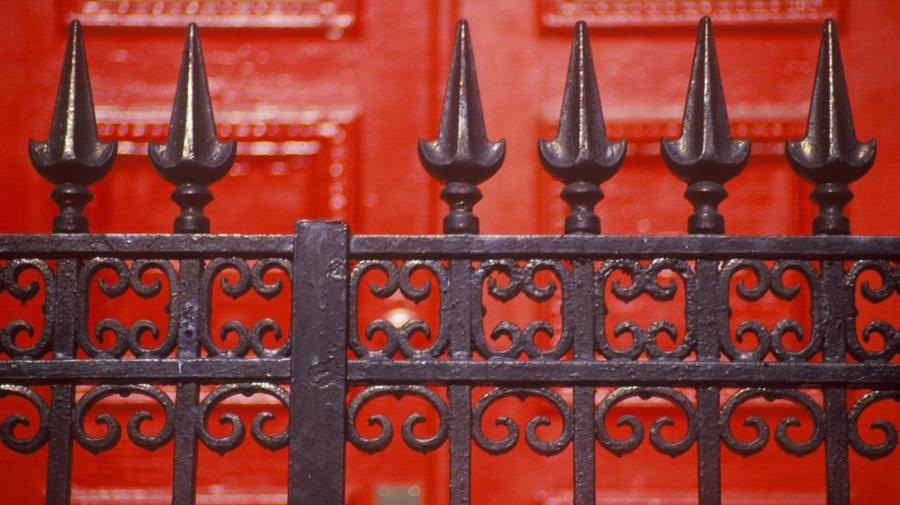What Happens When Iron Reacts With Oxygen?

Iron rusts when it comes in contact with oxygen and water. It rusts faster in acid rain and salty water. Both oxygen and water are necessary for rusting, which is an oxidation reaction.
When iron reacts with oxygen and water, it forms hydrated iron oxide; this is what people see as rust. Oxidation refers to reactions wherein a substance loses electrons and increases its positive charge. In the case of iron, it loses its electrons to oxygen. In an oxidation reaction, electrons are transferred from one substance to another. The electrons of iron are transferred to oxygen when iron is found in the presence of oxygen.
Water is essential for oxidation to occur, as it facilitates the transfer of electrons. When water hits iron, two things occur almost immediately. First, water combines with carbon dioxide to produce a weak carbonic acid. As the iron dissolves and acid forms, some of the water breaks down into its basic components, oxygen and hydrogen. Oxygen and iron bond into iron oxide, releasing electrons in the process.
Rusting does not easily occur in places where the air is dry most of the time. However, in humid climates, iron rusts faster because the air contains plenty of water droplets. Acid rain and water that contains salt speed up the process of rusting.





